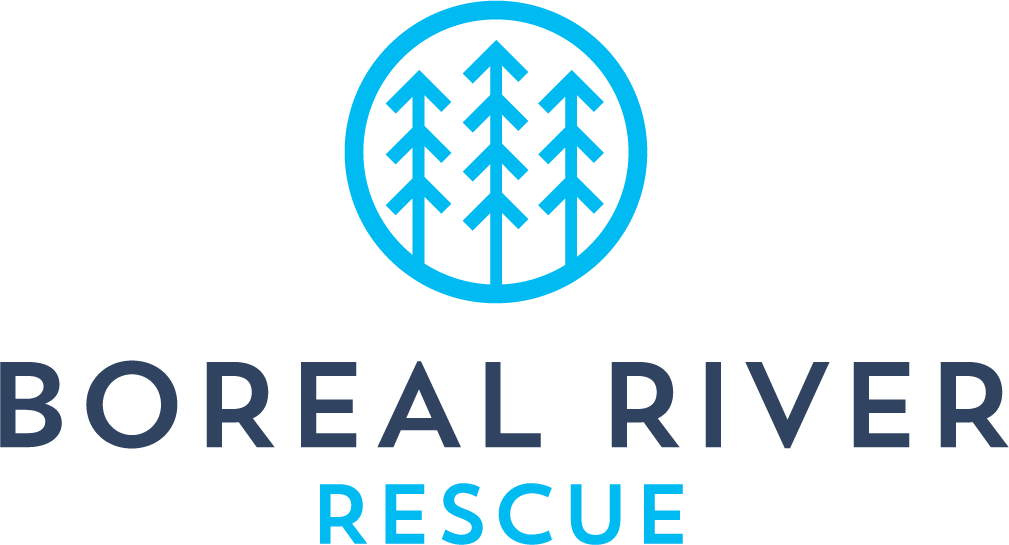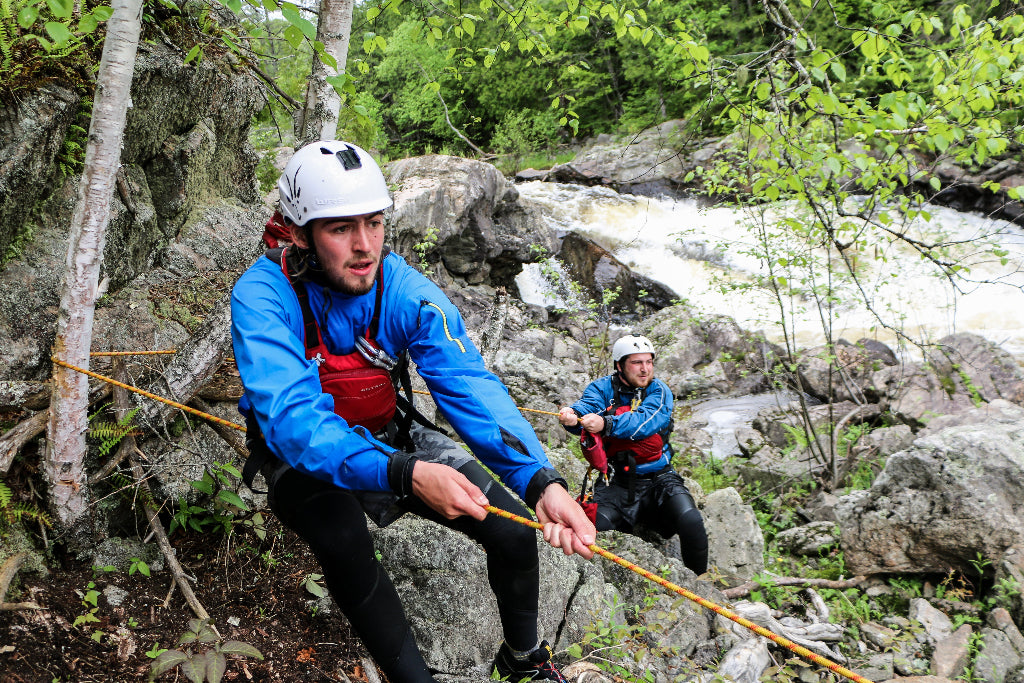Article by Leoni Dennis

Are you planning a remote wilderness expedition? If so, you should have a safety plan. These 5 steps are crucial to building a good safety plan for the backcountry and getting it into the right hands. When it comes to creating a safety plan, a written document can only get you so far. There is no replacement for experience, training and good decision making when it comes to preventing and managing risk. However, a safety plan will help you better assess risk, give you a centralized location for important information (like emergency contact numbers) and help you communicate clearly with off-trip support. Use this Safety Plan Template (docx) to help you better prepare for your next expedition. Learn from our 2016 Magpie River Adventure with the Tip of the Toes Foundation, which brings young adults living with cancer on confidence building expeditions. Planning a trip for 29 people, many of whom have serious health concerns, on one of the best whitewater rivers in the world takes careful preparation and planning. Here are 5 keys to create a useful safety plan for your wilderness expedition.
1 - Keep your safety plan accessible
Make sure your plan is easy to access—by you and your support network. One copy of a safety plan stored in a dry bag that gets swept down a river is no good to anyone. We like to keep all details we need quick access to in one document. The trip leader prints off copies to bring on the expedition, enough for every guide, but also distributes copies of the plan to:
- off-trip logistics and support people
- emergency services / transport services
- related parties
The cover of the trip plan usually has important details such as: group name and dates, staff team contacts, key emergency numbers, and other resources.


2 - Spell out your evacuation plan
Write out your procedure for communications and evacuations. For example, with Boreal River we classify and communicate about incidents with 3 phrases:
- Emergency
- Minor
- Everything's ok
An emergency situation is one that is life or limb threatening and time sensitive. We would request outside help from emergency services such as the police, ambulance, or the army. A minor situation is usually an evacuation of a person off of the trip which requires non-emergent support and transport. Everything's ok is used when no immediate help is required from resources outside of the expedition. There might have been an incident that needs to be communicated about, a request for resources later, an update, etc. We like these terms because they sound distinct from one another. We wouldn't want confusion about the severity of the situation when calling out from a poor satellite connection; or a case of 'broken telephone' as the message is passed from one person to another. Other organizations use different terms such as Red Situation and Green Situation. Regardless of what terms you use in your Wilderness Safety Plan, write out your procedure for each level of incident:
- Who to call first, second, etc.
- What to say
- What should your off-trip support people do?
- How will transport work?
Plan out what communication device(s) you will carry. In Canada it is becoming a best practice for commercial expeditions to carry both a primary and a backup device. Consider spare batteries or the ability to recharge. Make sure to practice using your radio, satellite phone, or locator beacon so that you don't have any troubles in the midst of an incident.

3 - Keep a complete group list
Your Safety Plan should have a list of all group members. Collecting the information in advance ensures that support people not on the expedition have access as well:
- Cell numbers and emails can be useful for communication before the expedition
- Emergency contact names and numbers of relatives or friends that should be reached if there is an incident on the trip
- Pertinent medical concerns, allergies, birthdate, weight, and health insurance policy numbers can all be important information to have quick access to for medical incidents
Example:

4 - Include your route plan
It is much easier to figure out grid coordinates in advance rather than reading them off of your map or GPS unit during an incident—at night—in a storm—when the bears are coming! You'll appreciate this part of the resource if you are calling out to a transport company or emergency service during the expedition. Include grid locations for probable campsites, major features, and evacuation points such as roads or known landing zones. Your route plan will help the outside world know where you are, or at least where you're supposed to be in case they need to reach you. And it will let them know the best way to reach you based on the geography of the area: helicopter in clear areas, motorboats on big lakes...etc.
Example:

5 - Practice executing your safety plan
Don't just have a plan, practice executing it. Before the season, our staff team goes out into conditions as realistic and close to the real thing as possible. We run through a series of minor and emergency incidents. We practice everything from whitewater rescues and transport to medical treatment to making sat phone calls. Our base support people practice answering the calls and responding on their end. After each simulation, we talk about what went well, where we can gain efficiency, how to prevent similar incidents, and any equipment that was useful or lacking. Then we do it again. And again. Through this we learn things that influence our decision making on expeditions. Sometimes a scenario is just so difficult to deal with that the staff team realizes that we are better to adjust our activity or route.
After a training day, we revise our safety plan based on what we've learned.
Enrol in our Online Whitewater Safety & Rescue Foundations Course if you'd like to learn more in-depth about this topic, as well as rescue scene management, communication & international river signals, throw bag rescue, and more.






